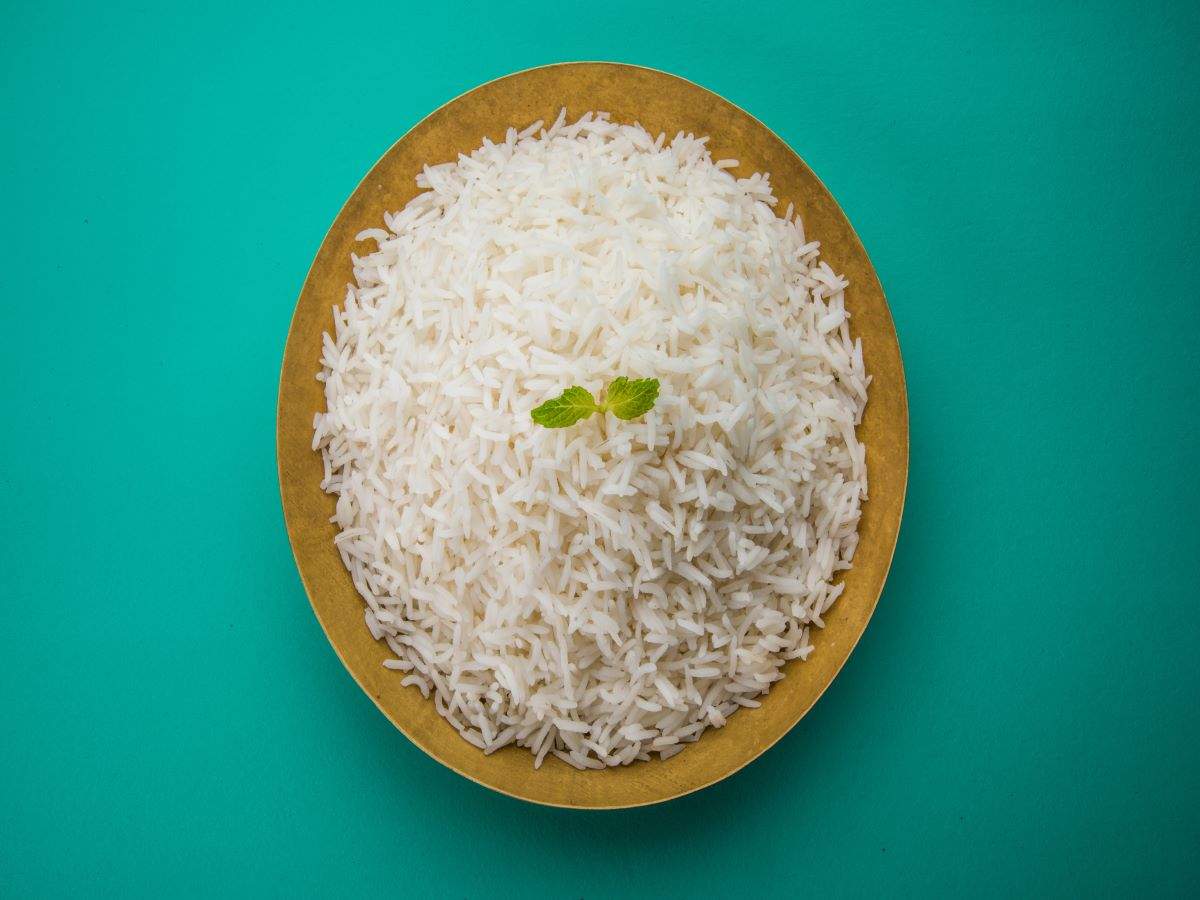
Lawyers will constitute the largest group of individual professionals who will be affected by a steep hike in tax rate on crorepatis, which was proposed in the budget by India’s first full-time woman finance minister Nirmala Sitharaman.
The proposed tax rate of 39% on an annual income of Rs 2-5 crore and 42.7% on annual income of over Rs 5 crore would be applicable to many well-known figures in the legal world. It would also include many retired judges who are sought after as arbitrators and are raking in the moolah.
Some successful lawyers earn over Rs 1 crore on a daily basis. Remember the bill raised by India’s ace criminal lawyer Ram Jethmalani on Delhi chief minister Arvind Kejriwal for defending him in a Rs 10 crore defamation suit filed by successful lawyer politician Arun Jaitley?
Jethmalani charged a retainer fee of Rs 1 crore and Rs 22 lakh per appearance before the trial court. He will not feel the heat of the stiff tax proposed by Sitharaman. He has earned his fame and money and has quietly retired from practising law on a day to day basis.
Others who could measure up to him in success, knowledge and wealth, achieved through practice of law, would include Soli J Sorabjee, Fali S Nariman and K Parasaran. Unlike Jethmalani, they still take up a select few cases and appear before the Supreme Court. A few years ago, all three would have been bracketed among the super rich based on their annual income, but not now.
A few others who will also escape Sitharaman’s ‘tax the super rich’ proposal will be Rohinton F Nariman, U U Lalit and L Nageswara Rao as they accepted offers and become SC judges, sacrificing huge personal incomes.
But those who will feel the pinch of higher tax include Harish Salve, Mukul Rohatgi, Kapil Sibal, A M Singhvi, Gopal Subramanium, P Chidambaram, Salman Khurshid, Parag Tripathi, K T S Tulsi, Maninder Singh, Vikas Singh, Ranjit Kumar, Siddharth Luthra, Ajit Sinha, Shyam Divan and K V Vishwanath.
The list is much longer but it is difficult to recall names of all who earn much more than Rs 2 crore a year with their law practices in the SC and high courts. The taxmen will not find it as difficult!
The profession of law became a cash-rich occupation post-liberalisation in 1992. In the next two decades, fees of successful lawyers zoomed and reached a level where they were unaffordable for most unless they decided to take up a case pro bono.
There will not be many in any other profession across countries who command fees of Rs 15-20 lakh for a five-minute argument in a case before the SC. There are instances where senior advocates demand consultation fees running into lakhs for discussing a case with the briefing counsel while travelling in a car from the SC to the Delhi high court, a distance covered in 10 minutes in peak traffic.
But how did the legal profession take birth in India? The British East India Company’s Charter of 1774 empowered courts existing then to approve, admit and enrol advocates and attorneys to plead and act on behalf of suitors, simultaneously conferring power on courts to remove lawyers from the rolls on a reasonable cause and to prohibit practitioners not properly admitted and enrolled from practising (Law Commission’s 131st report, 1988).
After the British took over administration of India in 1858, Indian High Courts Act, 1861, was enacted and HCs were established in Calcutta, Madras and Bombay in 1862. This was followed by HCs in Allahabad (1880), Patna (1916) and Lahore (1919).
The Law Commission report said, “Although establishment of the Indian legal profession was originally a case of ‘transfer of a western institution’ brought about by a foreign power to meet exigencies of administration in India, it soon assumed leadership of national struggle for independence. It acquired its awareness because of its connection with British democratic institutions through legal literature.”
India’s struggle for independence was led by a lawyer, Mahatma Gandhi. There were many stalwart lawyers — Motilal Nehru, Sardar Vallabhbhai Patel, Bal Gangadhar Tilak, C Rajagopalachari, Lala Lajpat Rai, C R Dar, Saifuddin Kichlew, Rajendra Prasad, Bhulabhai Desai, Jawaharlal Nehru, Madan Mohan Malviya, Tej Bahadur Sapru, Asaf Ali, B R Ambedkar and K N Katju — who played stellar roles in the freedom struggle. They richly contributed for ‘swaraj’ without amassing personal wealth. Not many of them, except Motilal and Jawaharlal, could be categorised as rich, money-wise.
The Law Commission had said, “Till the advent of freedom, it cannot be gainsaid that the members of legal profession occupied a vantage position.” And then, it asked, “Is that the position maintained till today? In the post-independent era, has the legal profession maintained and augmented its position as leaders of thought and society?”
It went on to say, “No one can seriously question, though evidence of a concrete nature is hard to come by for reasons not difficult to foresee, that the fees charged (by advocates) have reached astronomical figures. There may be a class of litigants who can afford the same. But that microscopic minority class need not destroy the culture of legal profession nor the market of fees.”
If 30 years ago, the commission headed by retired SC judge D A Desai thought fees quoted by lawyers were astronomical, it is hard to find a term which can appropriately describe the fees sought by them today.
By imposing a higher tax on the super rich, many of whom are lawyers, the government may add a few more crores to its kitty but unless these successful legal practitioners attempt to achieve a healthy balance in taking up cases of rich and poor litigants, their stature as money minting machines will not get a humane face.
The proposed tax rate of 39% on an annual income of Rs 2-5 crore and 42.7% on annual income of over Rs 5 crore would be applicable to many well-known figures in the legal world. It would also include many retired judges who are sought after as arbitrators and are raking in the moolah.
Some successful lawyers earn over Rs 1 crore on a daily basis. Remember the bill raised by India’s ace criminal lawyer Ram Jethmalani on Delhi chief minister Arvind Kejriwal for defending him in a Rs 10 crore defamation suit filed by successful lawyer politician Arun Jaitley?
Jethmalani charged a retainer fee of Rs 1 crore and Rs 22 lakh per appearance before the trial court. He will not feel the heat of the stiff tax proposed by Sitharaman. He has earned his fame and money and has quietly retired from practising law on a day to day basis.
Others who could measure up to him in success, knowledge and wealth, achieved through practice of law, would include Soli J Sorabjee, Fali S Nariman and K Parasaran. Unlike Jethmalani, they still take up a select few cases and appear before the Supreme Court. A few years ago, all three would have been bracketed among the super rich based on their annual income, but not now.
A few others who will also escape Sitharaman’s ‘tax the super rich’ proposal will be Rohinton F Nariman, U U Lalit and L Nageswara Rao as they accepted offers and become SC judges, sacrificing huge personal incomes.
But those who will feel the pinch of higher tax include Harish Salve, Mukul Rohatgi, Kapil Sibal, A M Singhvi, Gopal Subramanium, P Chidambaram, Salman Khurshid, Parag Tripathi, K T S Tulsi, Maninder Singh, Vikas Singh, Ranjit Kumar, Siddharth Luthra, Ajit Sinha, Shyam Divan and K V Vishwanath.
The list is much longer but it is difficult to recall names of all who earn much more than Rs 2 crore a year with their law practices in the SC and high courts. The taxmen will not find it as difficult!
The profession of law became a cash-rich occupation post-liberalisation in 1992. In the next two decades, fees of successful lawyers zoomed and reached a level where they were unaffordable for most unless they decided to take up a case pro bono.
There will not be many in any other profession across countries who command fees of Rs 15-20 lakh for a five-minute argument in a case before the SC. There are instances where senior advocates demand consultation fees running into lakhs for discussing a case with the briefing counsel while travelling in a car from the SC to the Delhi high court, a distance covered in 10 minutes in peak traffic.
But how did the legal profession take birth in India? The British East India Company’s Charter of 1774 empowered courts existing then to approve, admit and enrol advocates and attorneys to plead and act on behalf of suitors, simultaneously conferring power on courts to remove lawyers from the rolls on a reasonable cause and to prohibit practitioners not properly admitted and enrolled from practising (Law Commission’s 131st report, 1988).
After the British took over administration of India in 1858, Indian High Courts Act, 1861, was enacted and HCs were established in Calcutta, Madras and Bombay in 1862. This was followed by HCs in Allahabad (1880), Patna (1916) and Lahore (1919).
The Law Commission report said, “Although establishment of the Indian legal profession was originally a case of ‘transfer of a western institution’ brought about by a foreign power to meet exigencies of administration in India, it soon assumed leadership of national struggle for independence. It acquired its awareness because of its connection with British democratic institutions through legal literature.”
India’s struggle for independence was led by a lawyer, Mahatma Gandhi. There were many stalwart lawyers — Motilal Nehru, Sardar Vallabhbhai Patel, Bal Gangadhar Tilak, C Rajagopalachari, Lala Lajpat Rai, C R Dar, Saifuddin Kichlew, Rajendra Prasad, Bhulabhai Desai, Jawaharlal Nehru, Madan Mohan Malviya, Tej Bahadur Sapru, Asaf Ali, B R Ambedkar and K N Katju — who played stellar roles in the freedom struggle. They richly contributed for ‘swaraj’ without amassing personal wealth. Not many of them, except Motilal and Jawaharlal, could be categorised as rich, money-wise.
The Law Commission had said, “Till the advent of freedom, it cannot be gainsaid that the members of legal profession occupied a vantage position.” And then, it asked, “Is that the position maintained till today? In the post-independent era, has the legal profession maintained and augmented its position as leaders of thought and society?”
It went on to say, “No one can seriously question, though evidence of a concrete nature is hard to come by for reasons not difficult to foresee, that the fees charged (by advocates) have reached astronomical figures. There may be a class of litigants who can afford the same. But that microscopic minority class need not destroy the culture of legal profession nor the market of fees.”
If 30 years ago, the commission headed by retired SC judge D A Desai thought fees quoted by lawyers were astronomical, it is hard to find a term which can appropriately describe the fees sought by them today.
By imposing a higher tax on the super rich, many of whom are lawyers, the government may add a few more crores to its kitty but unless these successful legal practitioners attempt to achieve a healthy balance in taking up cases of rich and poor litigants, their stature as money minting machines will not get a humane face.
Download The Times of India News App for Latest India News.
more from times of india news
World Cup 2019
Trending Topics
LATEST VIDEOS
More from TOI
Navbharat Times
Featured Today in Travel
Quick Links
Rajasthan election 2019Andhra Lok Sabha electionGujarat Election 2019Karnataka Election 2019MP Lok Sabha electionMaharashtra election 2019West Bengal Lok SabhaTamil Nadu election 2019UP Election 2019Bihar election 2019UP Election DateAndhra Election DateBihar Election DateAndhra Assembly ElectionLok SabhaMP Election DateMaharashtra Election DateShiv SenaYSRCPTDPWB Election DateJDUCongressBJP newsGujarat Election DateSC ST ActUIDAIIndian ArmyISRO newsSupreme CourtRajasthan Election DateTelangana Election DateTamilrockers 2018Uttarakhand newsSikkim newsOrrisa newsKarnataka Election DateNagaland newsSatta KingManipur newsMeghalaya news
Get the app








